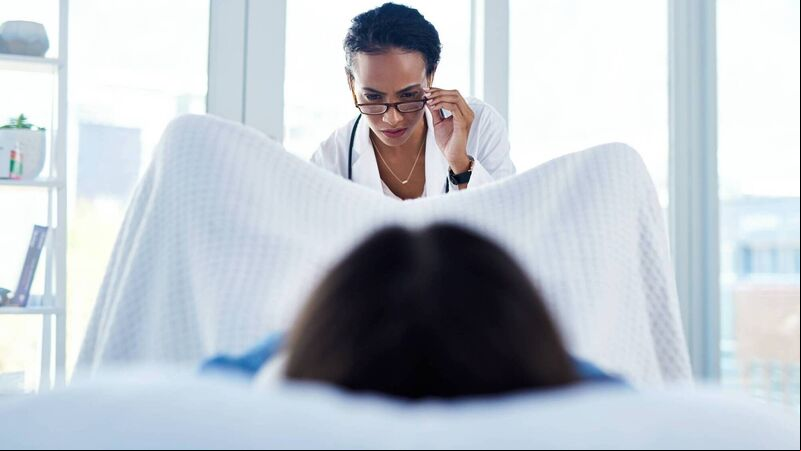Dr Michelle O'Driscoll: One New Year's resolution you need to follow through on...

Symptoms of cervical cancer can include bleeding between periods, painful intercourse, spotting or discharge, or pelvic pain. Picture: Stock
SOMETHING that is so easy to put off, but so important to , is to go for your cervical screening test to check the health of your cervix.
This is the case if you’re between the age of 25 and 65. It’s a new format of screening that was introduced this year, and is not a test for cancer, rather a test to prevent cancer from developing. Even if you have had the HPV vaccine, you need to have regular screenings, as the vaccine does not prevent the spread of all types of the HPV. Early detection is vital for saving lives.
It transmits via skin to skin sexual , and is usually cleared by the body within 18 months. It can also stay dormant in the body for many years before becoming active. For most people this activation of the virus happens without any issue or symptoms, but for others it can cause changes in the cells of the cervix.
Symptoms of cervical cancer can include bleeding between periods, painful intercourse, spotting or discharge, or pelvic pain.
The cells collected during a cervical screening are first checked for the Human Papilloma Virus. If this virus is present, then the same sample is then checked for abnormal or pre-cancerous cells. If there are changes present, then you’ll need to go for a colposcopy for a more detailed look at the cervix. If there’s no changes present, the test is repeated in 12 months to make sure the body has cleared the virus from its system.
CervicalCheck send out letters to advise when your screening is due, and you can make an appointment with your GP or a clinic. The letter is not required if your test is due. From the ages for 25 to 30, it’s due every three years, and beyond that is every five years until the age of 65.
The screening test itself is very short, and requires you to lie on your back or side so that the doctor or nurse can insert a speculum into the vagina to hold it open so that they can see the cervix. A soft brush is then used to collect some cells from the cervix for testing.
Some women report mild feelings of discomfort, but this is fleeting.
In of your own health, smoking reduces the body’s ability to clear the virus and so it would be advisable to discontinue if you are a smoker.
You can visit www.cervicalcheck.ie to see if you’re on the , and whether you’re listed as due to be screened. You can update your personal details such as address here too. The website also contains really useful FAQs for any of your queries, as well as a way to check where you can get the screening done.
Despite the issues uncovered in the past relating to test results, the women and their families affected all stay steadfast in their advice to get yourself screened. It’s imperative. So this year, make all the usual New Year’s resolutions like drinking more water and getting to the gym, but the one to be sure and follow through with is to make that appointment if it’s due.
Embarrassment is another barrier for people getting their screening done, but it’s worth pushing past that.
Dr Michelle O’Driscoll is a pharmacist, researcher and founder of InTuition, a health and wellness education company. Her research lies in the area of mental health education, and through her company InTuition she delivers health promotion workshops to corporate and academic organisations nationally. See www.intuition.ie and @intuitionhealthandwellness







 App?
App?


